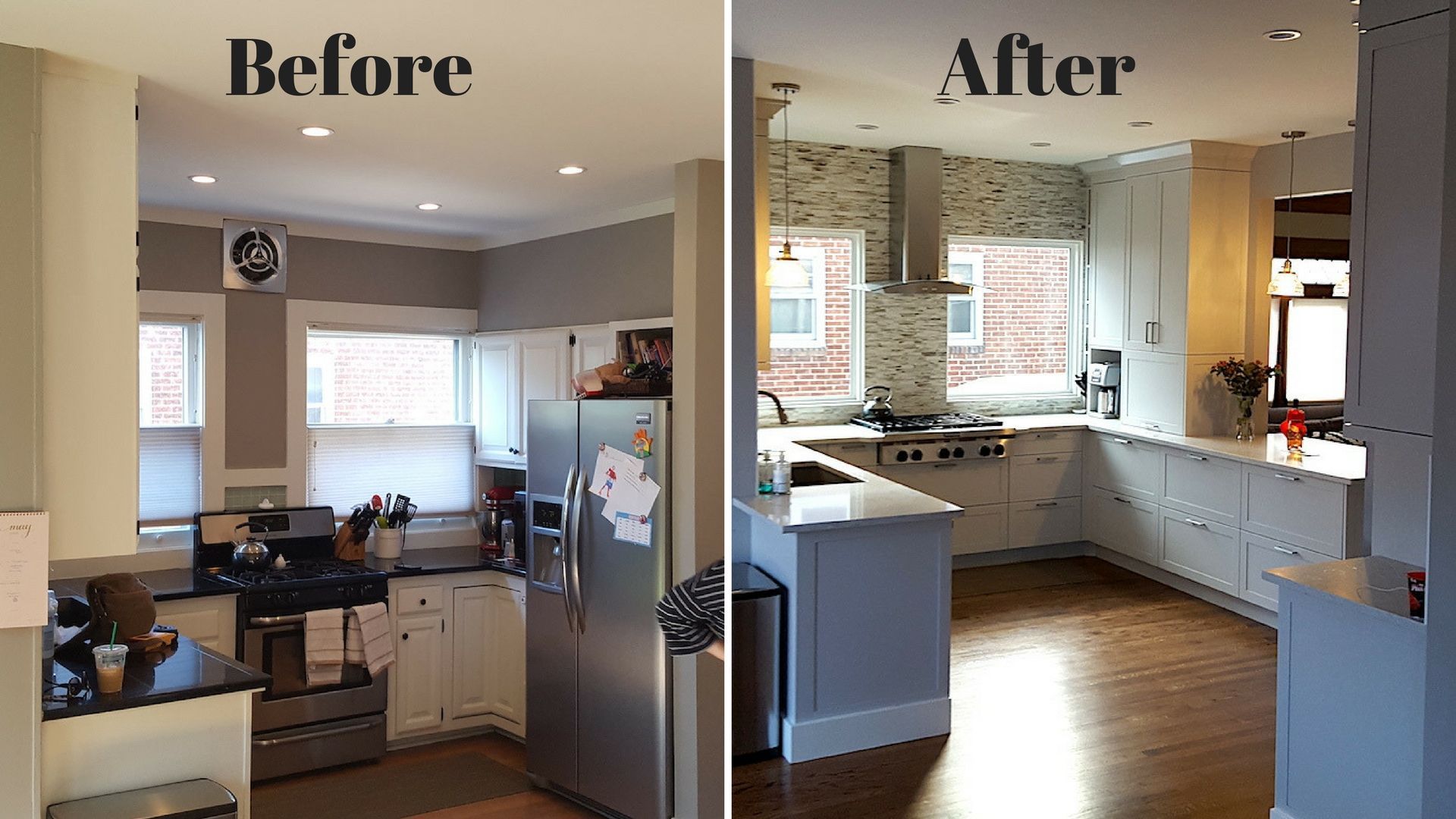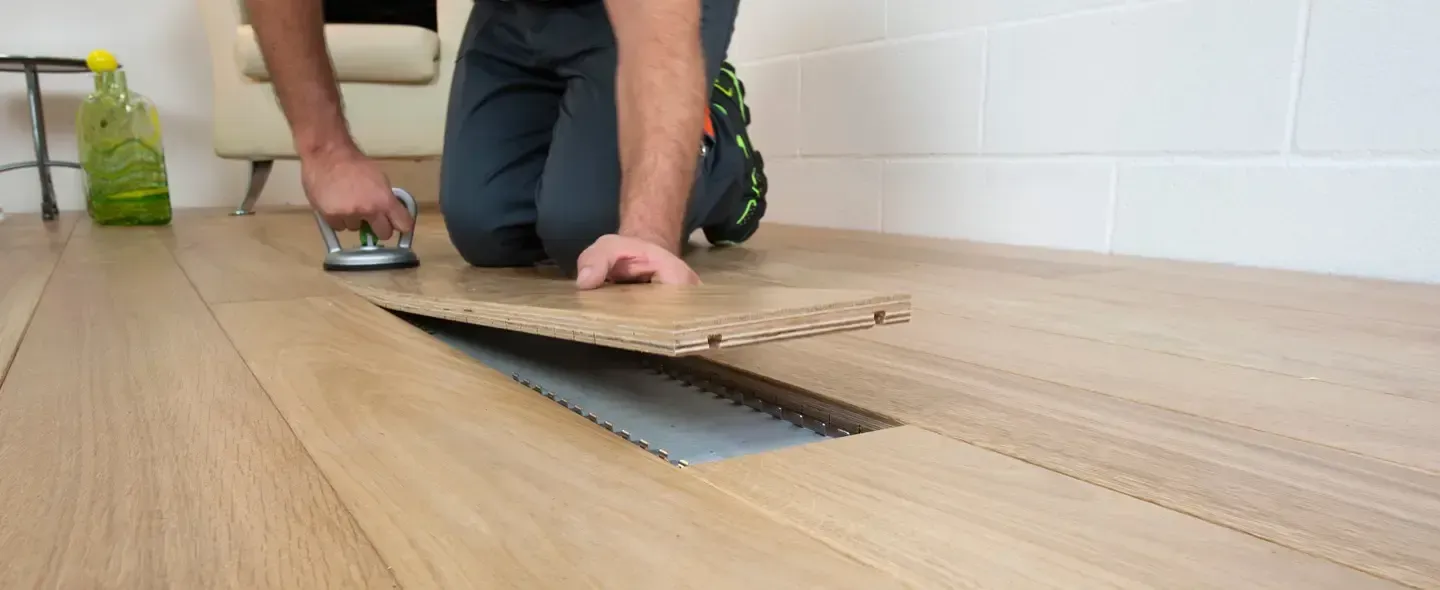
PHONE: 778-865-1978 | EMAIL: darcy@kenworthys.ca
The Ultimate Guide to Bathroom Renovations: Transforming Your Space with Style and Function
When it comes to home renovations, the bathroom is often a top contender for a makeover. Whether you're looking to increase your home's value, improve functionality, or simply create a more serene and stylish space, a bathroom renovation can offer a world of possibilities. In this blog post, we’ll walk you through the key elements of a successful bathroom renovation, from planning and budgeting to design ideas and common mistakes to avoid.
Why Renovate Your Bathroom?
The bathroom is one of the most frequently used spaces in any home, yet it’s often neglected when it comes to design updates. A well-executed renovation can enhance both the aesthetic appeal and functionality of your bathroom. Here are some compelling reasons to consider a bathroom renovation:
- Increase Home Value: A modern, functional bathroom can significantly increase the resale value of your home, especially if it features sought-after elements like a double vanity, walk-in shower, or energy-efficient fixtures.
- Improve Functionality: Over time, bathrooms can become outdated or impractical. A renovation is a perfect opportunity to optimize your space for better flow and improved organization.
- Create a Personal Sanctuary: A bathroom should be a place where you can unwind. Updating your space with soothing colors, luxurious finishes, and spa-like features can turn your bathroom into a private retreat.
1. Plan Your Budget and Timeline
Before diving into a bathroom renovation, it’s essential to define your budget and timeline. Bathrooms can range from small updates (like replacing faucets or adding new tiles) to full-scale remodels (which might include reconfiguring the layout or upgrading plumbing).
Budget Considerations:
- Minor Renovations: Can cost anywhere from $2,000 to $10,000. These typically involve cosmetic upgrades, such as new paint, lighting fixtures, or a vanity replacement.
- Mid-Range Renovations: Expect costs between $10,000 and $25,000. This range allows for more extensive changes, such as replacing the bathtub, installing new flooring, or upgrading plumbing.
- High-End Renovations: For luxurious upgrades, expect a budget of $25,000 or more. This could include features like high-end countertops, custom cabinetry, and premium fixtures.
Timeline: Depending on the scale of the project, bathroom renovations can take anywhere from a few days to several weeks. If you are hiring contractors, it’s important to allow time for material delivery and unexpected delays.
2. Prioritize Layout and Functionality
Whether you’re working with a small powder room or a spacious master bath, the layout is a critical aspect of your renovation. Consider the following:
- Maximize Storage: A clutter-free bathroom is a calming bathroom. Incorporate plenty of storage solutions such as built-in shelves, medicine cabinets, or under-sink organizers. Think about utilizing vertical space for extra storage if floor space is limited.
- Flow and Layout: If your bathroom feels cramped, or if you're dealing with inefficient traffic patterns, consider reworking the layout. Moving fixtures like the toilet, sink, or shower may involve plumbing changes, but it can make the space feel more open and functional.
- Accessibility: If you’re renovating for long-term comfort, consider making your bathroom more accessible. Install a walk-in shower with grab bars, a raised toilet, or wider doorways to accommodate future mobility challenges.
3. Choose Your Materials Wisely
Materials are not only about aesthetics—they also affect durability, maintenance, and comfort. When selecting materials for your bathroom renovation, think about both style and functionality.
- Flooring: Bathroom floors should be durable, water-resistant, and easy to clean. Options include ceramic tile, porcelain, vinyl, and natural stone. Consider heated floors for added comfort in colder months.
- Tile: Subway tile is a classic, but today’s market offers a range of options, from bold geometric patterns to textured finishes. Choose tiles that suit both your design style and the space’s practical needs (e.g., non-slip surfaces for the shower).
- Countertops: Quartz and granite are popular choices for bathroom vanities because they are durable and offer a luxurious look. For a more budget-friendly option, consider laminate or solid surface materials.
- Fixtures and Faucets: Opt for water-efficient fixtures, which not only help the environment but also reduce utility bills. Matte black and brushed gold finishes are trending, but classic chrome and polished nickel also never go out of style.
4. Design Trends to Inspire Your Bathroom Renovation
Bathroom design has evolved, and today’s trends offer a mix of luxury, functionality, and personalization. Here are some top trends to consider for your renovation:
- Spa-Like Retreats: Think of soft lighting, neutral color palettes, and high-end features like rain showers, freestanding tubs, and heated floors. Large mirrors and calming scents complete the spa atmosphere.
- Bold Colors and Patterns: Gone are the days of all-white bathrooms. Bold hues, such as navy, emerald, and charcoal gray, are gaining popularity. Colorful tiles or patterned wallpaper can add personality to your space.
- Floating Vanities: These give the illusion of more space by leaving the floor visible beneath. Floating vanities can also incorporate minimalist design elements, making them ideal for modern bathrooms.
- Smart Technology: From Bluetooth speakers to motion-sensor lighting, smart features are becoming a staple in modern bathrooms. Consider installing a smart mirror, digital shower controls, or a smart toilet to elevate your space.
- Natural Elements: Incorporating natural materials like wood, stone, and plants can create a more grounded, organic atmosphere. Wooden vanities, stone sinks, or bamboo storage baskets are simple ways to add these elements.
5. Common Mistakes to Avoid
A bathroom renovation can be an exciting project, but there are several common pitfalls that can lead to frustration or unexpected costs:
- Underestimating the Budget: It's easy to get carried away with design ideas, but always leave room for unexpected expenses. Factor in a 10-15% contingency for surprises along the way.
- Choosing Trends Over Timeless Design: While trends are fun, remember that your bathroom should stand the test of time. If you're planning on selling your home soon, focus on timeless, neutral elements that have broad appeal.
- Ignoring Ventilation: Proper ventilation is essential to prevent mold and mildew growth. Make sure your bathroom has an adequate exhaust fan that vents to the outside.
- DIY Overload: While some minor tasks like painting or installing new hardware can be DIY projects, other aspects (like plumbing and electrical work) are best left to professionals. Mistakes in these areas can be costly and dangerous.
Conclusion: Your Dream Bathroom is Within Reach
A bathroom renovation offers incredible potential to improve your home’s value, style, and functionality. By carefully planning your budget, selecting the right materials, and avoiding common mistakes, you can create a space that not only meets your needs but also becomes a place where you love to unwind.
Whether you’re after a sleek, modern design or a rustic, spa-inspired retreat, the possibilities are endless. So, roll up your sleeves, start planning, and transform your bathroom into the oasis you deserve!







